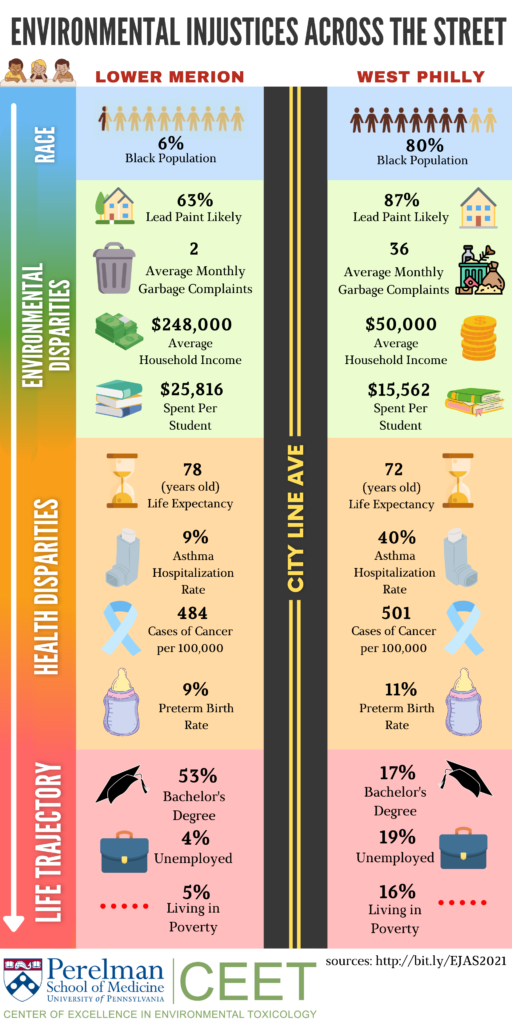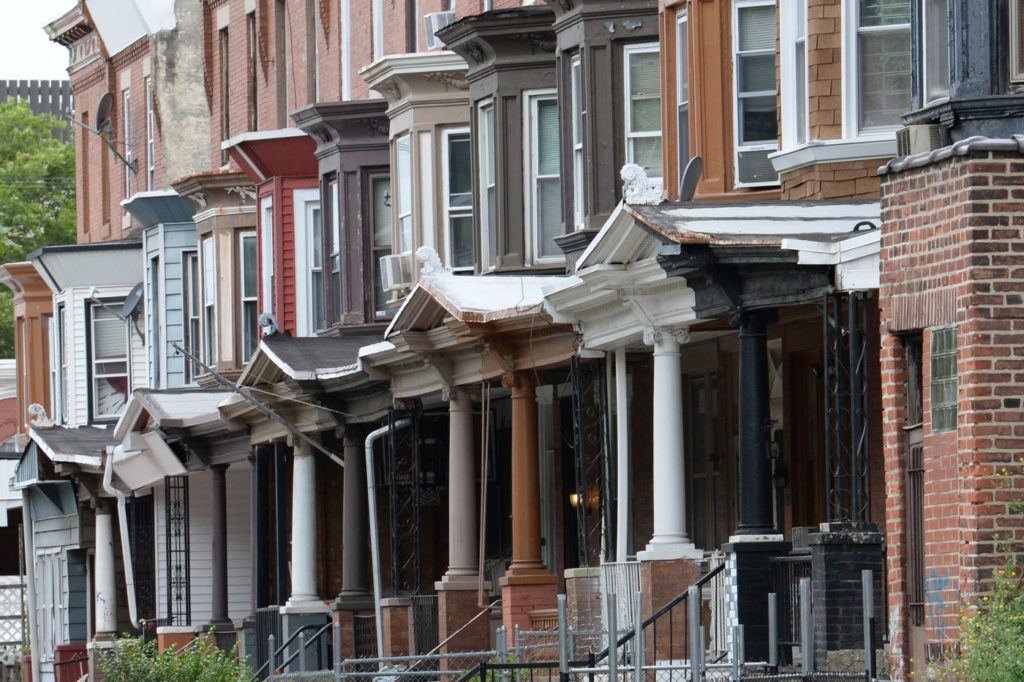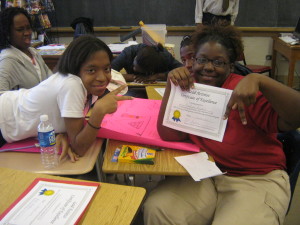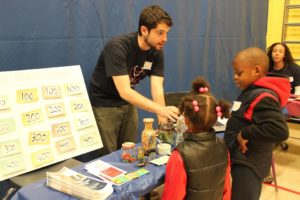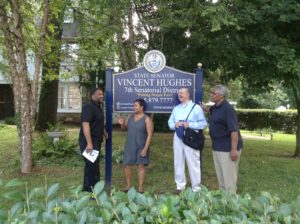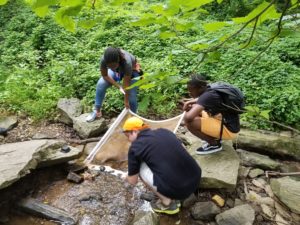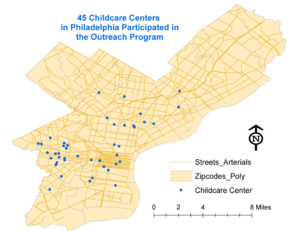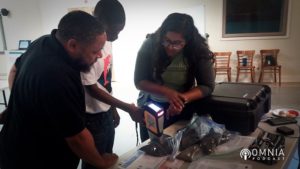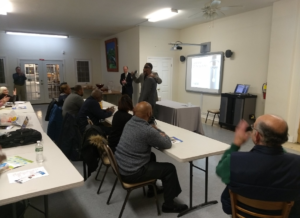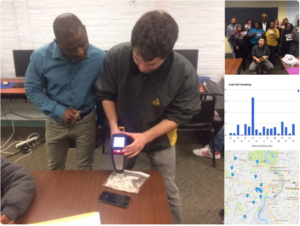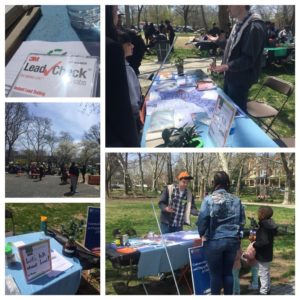West Philadelphia is a widely divergent community that extends West and South of”University City” where the University of Pennsylvania is located. About 220,000 people (about 14% of the city’s population) live, shop, and work in West Philadelphia, and approximately three-quarters of the population is African-American.
Hazard Profile
West Philadelphia has been industrial and residential throughout its history. As a result, the aging housing stock, deteriorating infrastructure, and brownfields pose ongoing environmental health hazards. Although West Philadelphia contains much of Fairmount Park, the largest Park in Philadelphia, it also includes the busy Schuylkill Expressway which contributes significant air pollution to the region.
Health Profile
Serious environmental health impacts in West Philadelphia include:
- asthma in children
- lead poisoning
- chemical exposure from former industrial sites
jeklasdjfl;adksf
jkljlkfsdjf;lajdslf;
jkljkl;jlkj
CEC Activities in West Philadelphia
We have conducted multiple educational activities about environmental health hazards in West Philadelphia through our Academically Based Community Service (ABCS) Courses and our partnership with the Netter Center. These courses address issues of asthma, lead, prevention of tobacco addiction in preadolescents, and community-based environmental health.
CEC has hosted an Environmental Health segment since 2017 for West Philadelphia high school students as part of the Netter Center and Center for Public Health Initiatives eight-week public health internship. CEC director Dr. Marilyn Howarth and coordinator Adrian Wood taught the interns about environmental health problems by using local examples of the environment’s effect on human health. CEC communicated several themes: air quality, environmental justice, water quality, and lead. The take-home message for these interns was that it was important to consider the environment’s impact on health in almost everything they do.
Philadelphia has 2-3 times higher asthma rates than the Commonwealth of Pennsylvania. Community engagement around asthma health literacy including environmental prevention is needed. CEC has engaged 258 staff at 45 childcare centers around why asthma is an issue in Philadelphia, the problems associated with asthma and how to prevent asthma. CEC engaged staffers by presenting information about sources of poor outdoor air quality, EPA’s air quality alert resources, and how to use this information for the betterment of the children of their care
Poster for Air Quality Outreach at Childcare Centers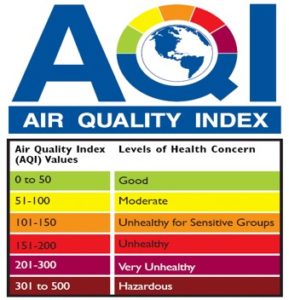
The Air Quality Index helps
residents know current outdoor air quality conditions
CEC provides environmental health educational support to a West Philadelphia Community Learning Center. CEC has maintained this partnership by providing presentations and demonstrations about environmental lead’s impact on human health.
As the founding Chair of the Environmental Health Committee of the Section of Public Health of the Philadelphia College of Physicians (PCOP), CEC Director, Dr. Marilyn Howarth helped develop the following issue brief. The issue brief collects the scientific information that highlights the ongoing lead poisoning problem in Philadelphia and actions that have been shown to be effective at reducing lead exposure in other communities.
In 2019, The Overbrook Environmental Education Center’s Youth Environmental Stewards students created a series of videos about environmental health awareness. The videos can be viewed here:
Lead Safe Certification
The Philadelphia Lead Paint Disclosure Law (Chapter 6-800) requires landlords to certify that a property is “lead-free” or “lead-safe” before the property is rented to prospective tenants. If you are renting a home built before 1978, it may contain lead.
Under new legislation, signed by Mayor Kenney, the School District of Philadelphia must certify its buildings as “safe from lead-based paint hazards” or meet a 90-day deadline to repair damaged paint.
Engaging the Community Around Environmental Lead
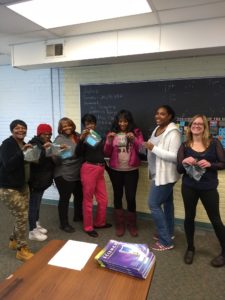
Learning about environmental lead and sampling soil for lead at Cobbs Creek Community Learning Center

On Friday, June 21, 2019 – EPA Region Mid-Atlantic Regional Administrator Cosmo Servidio participated in an event alongside representatives from the U.S. Department of Housing and Urban Development, The Children’s Hospital of Philadelphia, the Overbrook Environmental Education Center, and other state and local officials at Overbrook Environmental Education Center in Philadelphia. The event announced new EPA actions to protect children’s health and to continue making progress on this important issue, EPA is lowering the dust-lead hazard standards from 40 micrograms of lead per square foot (µg/ft2) to 10 µg/ft2 on floors and from 250 µg/ft2 to 100 µg/ft2 on window sills. The more protective dust-lead hazard standards will apply to inspections, risk assessments, and abatement activities in pre-1978 housing and certain schools, child care facilities and hospitals across the country. Rich Pepino along with CEET students, Eden Harris and James Gibson, attended the event and the students had the opportunity with EPA Administrator Servidio and OEEC Director Jerome Shabazz. Eden and James along with EES student, Emma Johnson, returned to the OEEC on Tuesday evening, June 25 to participate in a community event, and showed local residents how to test for lead exposure on painted service. Emma is working with Mr.Shabazz on conducting a focus group to assess community knowledge and awareness on childhood lead poisoning in the Overbrook community. (Right to left) 1) Richard Ott (District Regional Administrator, HUD Region III) 2) Dr. George Dalembert, MD (Pediatrician, Children’s Hospital of Philadelphia (CHOP) 3) PA Representative Morgan Cephas (192 Legislative District) 4) Cosmo Servidio ( Regional Administrator, EPA region III) 5) Jerome Shabazz ( Executive Director, Overbrook Environmental Education Center) 6) Numa St. Louis (Office of Congressman Dwight Evans)
In the Media
– Deputy Director, Rich Pepino and ABCS students test soil samples for lead
– Service Learning in West Philadelphia



